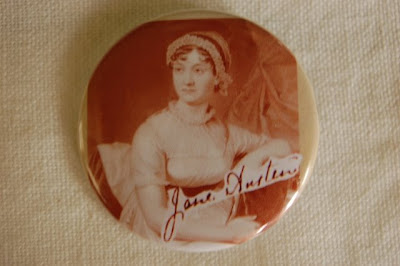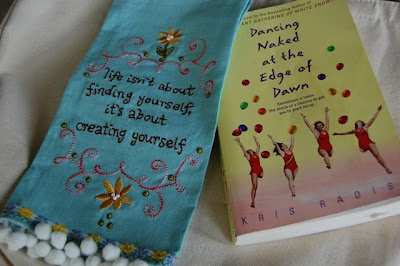~ Dogen Zenji ~
A Japanese rock garden is an enclosed shallow sandpit containing sand, gravel, rocks, and occasionally grass and/or other natural elements. Designs made in the sand represent rippling waters in the sea. It’s also called a Zen garden.

My father made a miniature version of a Zen garden for me in 1999, and then made one for each of my siblings. He even made the tiny rake and gathered the sand from the beach at Topsail Island.
It’s very soothing to quietly sit and make designs in the sand. And since he’s gone now, it’s a special reminder of my father’s love.
Resources
~ How to Create a Zen Garden Tutorial
~ Japanese Zen Gardens Photo Gallery






































